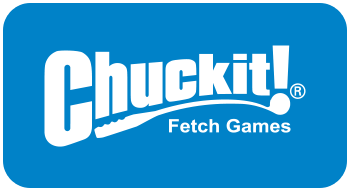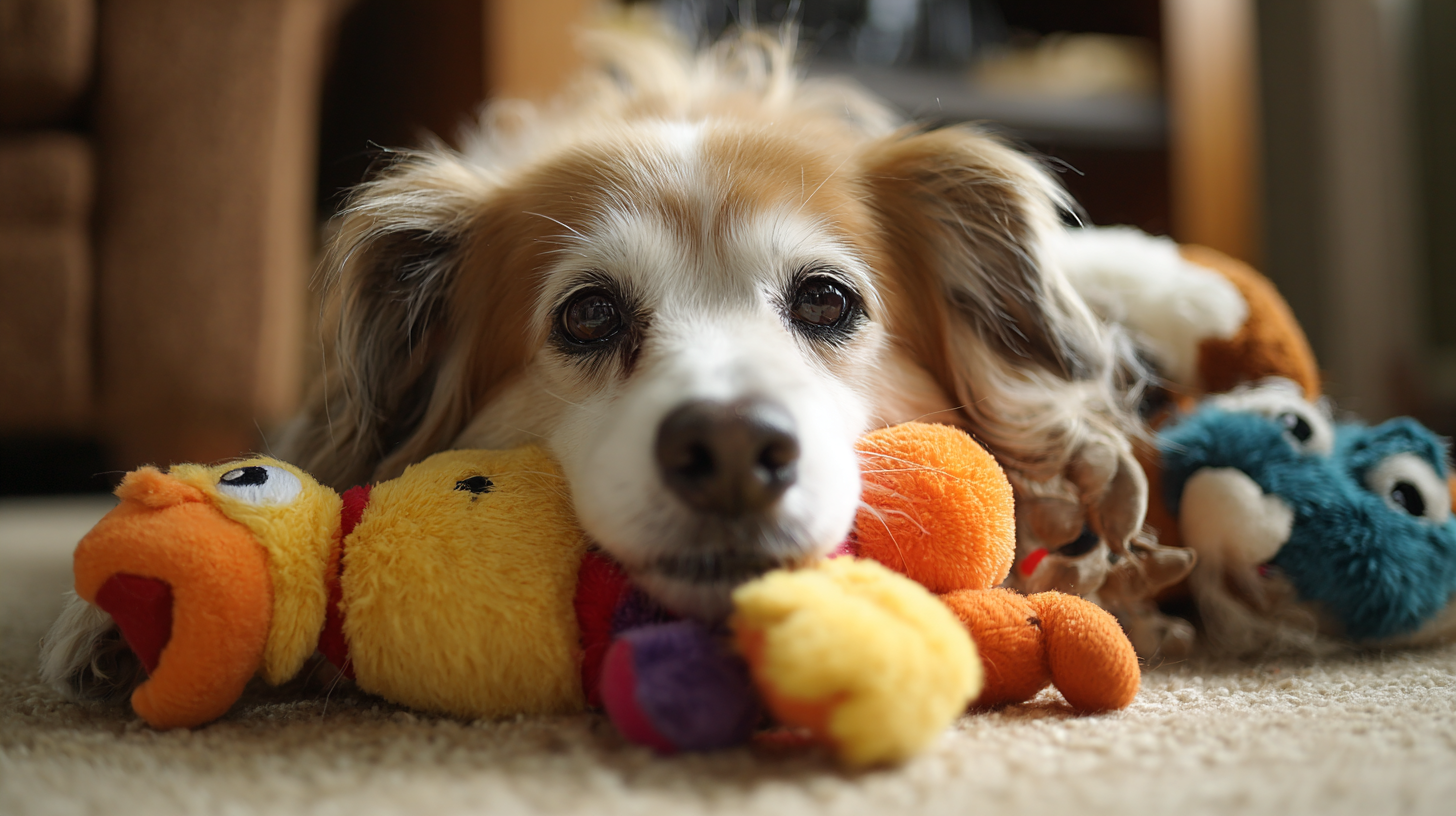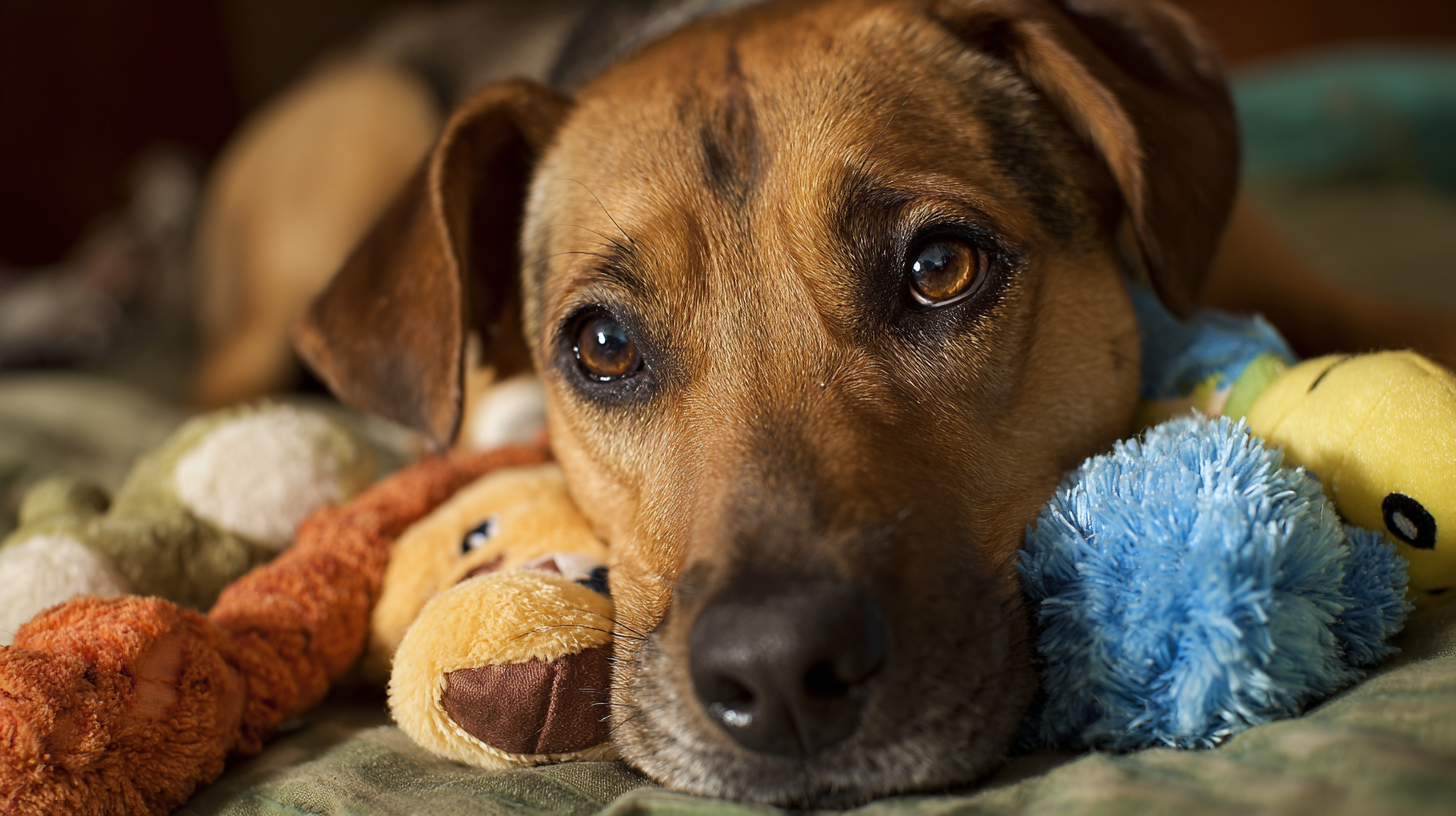You have no items in your shopping cart.

- Home /
- Blog
How to Choose the Best Play On Dog Toys for Your Furry Friends
When selecting the best Play On Dog Toys for our furry friends, it’s essential to understand their significance in promoting health and happiness among pets. According to a report by the American Pet Products Association, 68% of U.S. households own a pet, translating to approximately 89.7 million dogs. This surge in pet ownership underscores the growing demand for high-quality toys designed to engage and stimulate our companions.

Moreover, a study published in the Journal of Veterinary Behavior reveals that interactive play enhances cognitive function and reduces anxiety in dogs. With an array of options available, from chew toys to puzzle games, choosing the right Play On Dog Toys becomes crucial in ensuring the physical and mental well-being of our beloved pets. As we delve into this topic, we'll explore various factors to consider, ensuring that you make informed decisions for your dog's playtime needs.
The Importance of Choosing Safe Materials in Dog Toys
When choosing dog toys, safety should be a priority for any pet owner. Dogs, by nature, are curious creatures that explore the world with their mouths. This instinct makes it essential to select toys manufactured from safe, non-toxic materials. Toys made from harmful substances can lead to serious health problems, including poisoning, digestive issues, or dental injuries. Always look for toys labeled as "BPA-free," "phthalate-free," or "lead-free," as these certifications indicate safer products for your furry friend.
Another crucial aspect of selecting safe dog toys is assessing the durability of the materials. Dogs come in various sizes and chewing strengths; thus, a toy that is safe for a small breed might not be suitable for a larger, more aggressive chewer. Opt for toys designed to withstand tough play and chewing, whether they are made of rubber, natural fibers, or modern synthetic alternatives specifically engineered for pet safety. Investing in high-quality, safe dog toys will not only provide your pet with hours of enjoyment but also help ensure their overall well-being.
Understanding Your Dog's Play Preferences for Better Toy Selection
When selecting the best play toys for your furry friends, understanding their individual play preferences is crucial. Just like humans, dogs have unique tendencies that can influence their interaction with toys. Recent research indicates that dogs exhibit pawedness – preferring one paw to another – which can be tied to their personality traits, emotional responses, and even their gender. This insight suggests that a dog’s play style might be influenced by whether they predominantly use their left or right paw when engaging with toys.
To tailor your toy selection effectively, observe your dog’s behavior with different objects. Does your dog gravitate towards toys that squeak or those they can tug? Do they prefer to chase things or are they more inclined to chew? Understanding these preferences can help you choose toys that not only entertain but also stimulate your dog’s mind and satisfy their instincts. By engaging with their innate tendencies, you can foster a more enriching playtime experience that caters to their specific needs, ensuring that they remain happy and active.
How to Choose the Best Play On Dog Toys for Your Furry Friends
| Toy Type | Material | Play Preference | Durability Rating | Size |
|---|---|---|---|---|
| Chew Toy | Rubber | Chewing | High | Medium |
| Fetch Toy | Nylon | Retrieving | Medium | Large |
| Puzzle Toy | Plastic | Mental Stimulation | Low | Small |
| Tug Toy | Fabric | Interactive Play | Medium | All Sizes |
| Squeaky Toy | Vinyl | Chasing | Low | Medium |
Different Types of Dog Toys and Their Unique Benefits
When selecting play on dog toys, it's crucial to understand the different types available and their unique benefits. According to a report by the American Pet Products Association (APPA), the pet toy market has seen a continuous growth, reaching approximately $1.86 billion in sales in 2021. This surge highlights the importance of choosing toys that cater to your dog's play style and needs.
One popular category is interactive toys, which engage dogs both mentally and physically. These toys often utilize treat-dispensing mechanics that stimulate problem-solving skills and curb boredom, benefiting not only playtime but also encouraging a healthy lifestyle.
Moreover, chew toys are vital for maintaining dental hygiene. According to a survey by the Pet Health Network, over 80% of pet owners report that their dogs prefer toys they can chew, as this helps reduce plaque and tartar buildup. Understanding these benefits can help enhance your dog's play experience while promoting wellness through play.

How Regular Playtime with the Right Toys Enhances Dog Health
Regular playtime with the right toys is essential for the overall health and well-being of dogs. According to a study published in the Journal of Veterinary Behavior, engaging dogs in regular play can significantly reduce stress and anxiety levels, which are common issues faced by many canine companions. The report indicates that interactive play not only stimulates mental activity but also promotes physical fitness, contributing to a healthier lifestyle. Dogs that participate in daily play sessions show a 30% decrease in behavioral problems related to boredom and anxiety.
Moreover, the importance of choosing appropriate toys cannot be overstated. A survey conducted by the American Kennel Club reveals that 70% of dog owners believe that having suitable toys enhances their pets' happiness and health. Toys that challenge dogs cognitively, such as puzzle toys, keep them mentally sharp and reduce the risk of cognitive decline as they age. Furthermore, active toys that encourage fetching or tugging can help maintain a dog's ideal weight, with studies suggesting that regular exercise can help prevent obesity in up to 60% of pets, ensuring a longer and healthier life for our furry friends.

Tips for Maintaining and Cleaning Dog Toys for Longevity
When it comes to maintaining your dog's play toys, cleanliness and care are key to ensuring their longevity. Regularly inspecting toys for damage is crucial; a broken toy can pose a safety risk to your furry friend. Replace or repair any toys that show signs of wear and tear, as a small crack can lead to larger pieces breaking off. For soft toys, consider washing them in a gentle cycle with mild detergent to remove dirt and odors, while hard toys can often be cleaned with warm soapy water.
Additionally, establishing a routine cleaning schedule can help keep your dog's toys in top shape. Aim to wash toys on a bi-weekly basis, depending on how often your dog plays with them. This not only keeps the toys hygienic but also ensures that your pup remains interested and engaged. You can also rotate toys to prevent overuse, which further prolongs their life. By committing to these simple maintenance steps, you can enhance your dog's playtime experience while extending the lifespan of their favorite toys.
